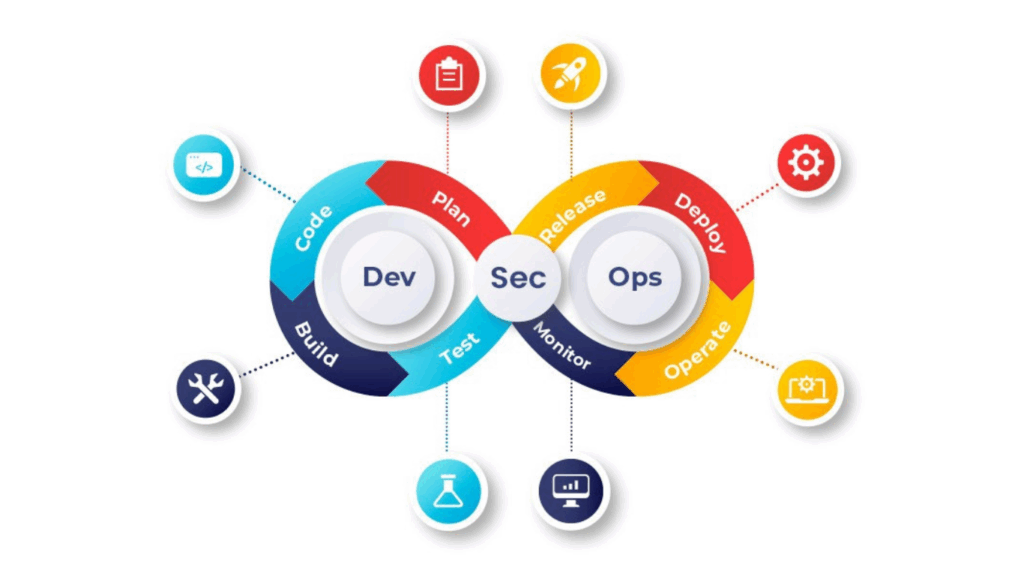Software testing is a very crucial step in the software development lifecycle. After the coding and development of the software, there’s a need to carry out tests on the developed product so as to check for its compliance level with the specified requirements.
Software testing is a major SDLC step that cannot be overemphasized. A newly developed aircraft cannot be deployed immediately for use after manufacturing. Series of tests must be performed on it so as to verify its safety for use. In likewise manner, it is very crucial to test software after the development phase. If testing is not properly done. It can result in several detrimental effects or a total ruin of the project. In this tutorial, you’ll be learning about software testing, the types, and benefits of software testing as well as software testing artifacts. Now, are you ready, let’s ride!
Software testing is the process of conducting careful checks on software so as to ensure maximum compliance with the requirements provided as well as ensure optimum quality of the software product.
It is a process that enables you to know whether you are on track or not. Software testing enables the software programmer or developer to ascertain the level of progress achieved so far. You want to check for errors, bugs, defects, or anomalies. You want to verify the functionality of the software to ascertain if all the features are working according to the requirements provided by the client. You want to ensure that you are in line with what your clients want. According to ANSI/IEEE 1059 standard, it is defined as a process of examining a software product to find out the differences, if any, between the existing requirements as well as to assess the features of the software product. There are multiple tests that can be carried out on a single software product. Due to the high level of importance of software testing, the testing process is carried out by various individuals including A professional software tester, a software developer, a project manager, and the end-user.
Benefits of Software Testing
1. Software testing can provide you with information on the quality of the software plus any risk associated with its usage.
2. Proper cost management: During the software development process, if testing not, certain defects would be undiscovered at an early stage, as a result, these defects could cause huge damage to the entire software thereby incurring additional expenses.
3. Ensure maximum client’s satisfaction: Due to several tests being carried out, any fault, error, or bug associated with the software would be found and appropriately corrected thereby leading to maximum client’s satisfaction.
4. Ensure optimum quality: Functional and non-functional testing would help fish out any possible error or defects which can affect the quality of the software. Hence ensuring maximum quality of the software.
5. Security testing would help ensure the safety of customer data and other vital information
What are the types of software testing to perform?
Installment testing:
This is the type of software testing that is done so as to check the installment procedure of the developed software. This is done to ensure that the installation process meets the required expectation.
Test for compatibility:
This is the type of software testing that you do in order to determine how adaptable software is with other similar software products. During the compatibility testing, you want to check for specific criteria such as operating system. Does the software work with all operating systems? Or is there a particular version of an operating system that it can only work with? Do you also want to look at the graphical user interface (GUI)? What kind of GUI does the software work best with?
Regression Testing:
During the software development process, there might be instances where a code might be changed. When this occurs, there’s a need to test the software so as to check for possible software bugs. This kind of test is what is regarded as regression testing.
Test for performance:
Performance testing is done in order to determine how the software will perform or respond to the inputs provided. You want to know what kind of outputs it will give. Also, you want to determine how stable the software is. The performance test is also used to determine certain quality attributes of the software. Including its reliability, scalability, and usage.
Test for usability:
This is the kind of software testing performed in order to determine how user-friendly the software is. Basically, you want to check the user interface. How complex is it? Or how simple is it for the user to use and understand? Usability testing requires the physical presence of a human to perform. It cannot be automated because only a human can understand the end user’s needs. A machine doesn’t have human feelings.
Security testing:
This kind of testing is carried out so as to determine how safe or secure the software data is. Security testing enables you to figure out loopholes where hackers might be able to penetrate and hence strengthen such areas of the software to ensure maximum protection of user data and information.
What are the software testing Methods?
- Verification/static testing: this is the kind of testing that is done with the sole purpose of examining the software product against the provided requirements documents. You want to verify whether the development process is in line with the instructions made available by the client.
- Validation/ Dynamic testing: in validation testing, we are testing the product itself for its functionality. You want to assess every feature of the product to ensure that it is functioning as expected.
Levels of software testing:
Unit testing:
This is the basic level of software testing which involves testing individual portions of code. Here you want to assess each module or component of the software to ensure that it can function properly as an entity. Unit testing alone cannot be used to determine the overall functionality of the software.
Integration testing:
Integration testing is a higher form of testing when compared to unit testing. It involves testing a couple of units that are interconnected together to verify how they are able to function together. It involves three techniques which include: Top-down technique, bottom-top technique, and sandwich technique.
System testing:
System testing is a more advanced form of testing compared to unit testing and integration testing. It involves the full testing of the entire software application in terms of its overall functionality. You want to determine what kind of output you will get for any given input. You also want to evaluate the software to determine the ease of use.
Acceptance testing:
This is the last kind of testing that is done on the software after which the software can now be delivered to the client or deployed for use. Acceptance testing comprises operational testing, alpha testing, beta testing, and regulatory acceptance testing.
What are software testing Artifacts?
Software testing artifacts are referred to as the results or deliverables that are presented to the clients or software stakeholders. During the various phases of the SDLC process, there will be deliverables to present to the software project stakeholders which could either be a document, report, a server upgrade, or even a software product that resulted from the SDLC process of the project. A deliverable might also consist of several minor deliverables. Examples of these deliverables include:
Test plan:
This is a kind of document that explains in detail the key methods that will be taken in carrying out test activities. The document can show information about certain key areas of the project like the objectives, goals, stakeholder’s requirements as well as future plans. A test plan could be presented as a singular plan which comprises other types of test such as system test or acceptance test plan. It could also be presented as a chief test plan that shows an outline of several comprehensive test plans.
Test case:
A test case deliverable comprises specific requirements of a precondition or execution inputs and expected outputs. it is applied in a single test or carries out specific software testing.
Test script:
A test script is a code or procedure that imitates the actions of the users.
Test suite:
A test suite refers to an assembly of test cases that are grouped together. It contains a comprehensive set of instructions for every group of test cases. It makes provision for a tester to determine the type of configuration applied during the testing process.
Test run:
After running the test suite and test case, the result obtained is shown in a report known as a test run.
Test data:
A test data comprises all the values, and components utilized in testing the performance of a specific feature.
Test harness:
A test harness refers to all the tools, data inputs as well as outputs plus the system configurations that are applied in the software testing.
Traceability matrix:
This is a table that relates stakeholder requirements or details of the SRS document to the documents obtained from testing the software product.





























